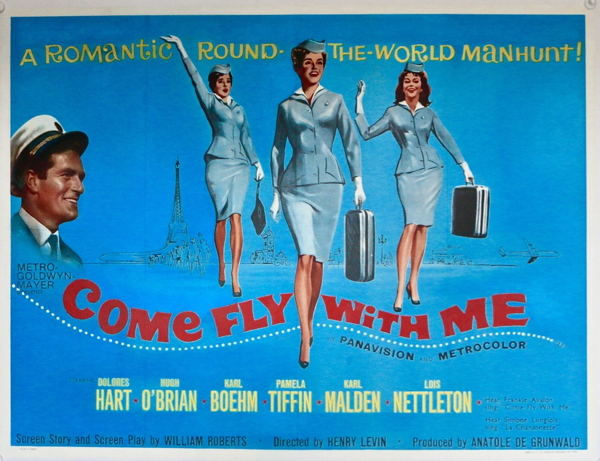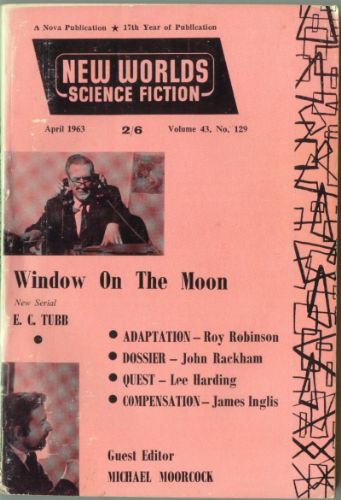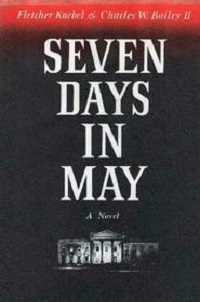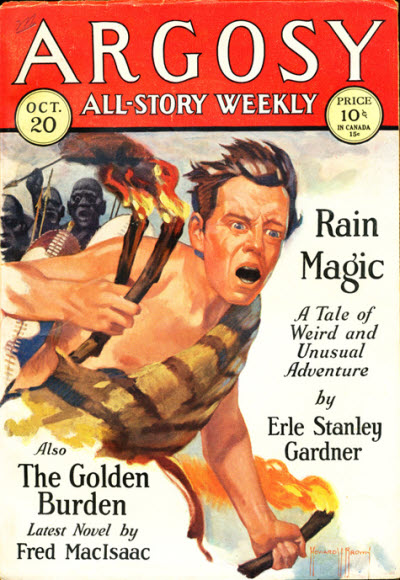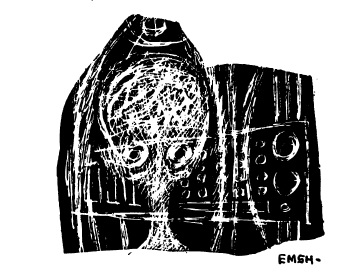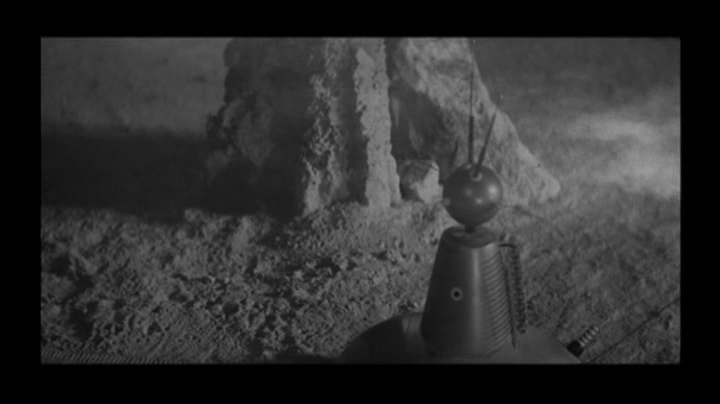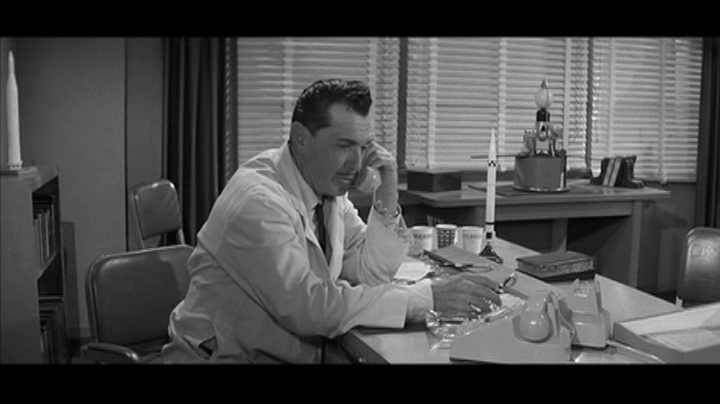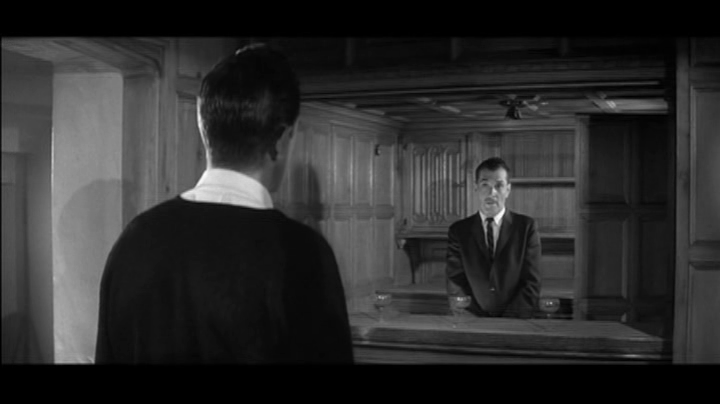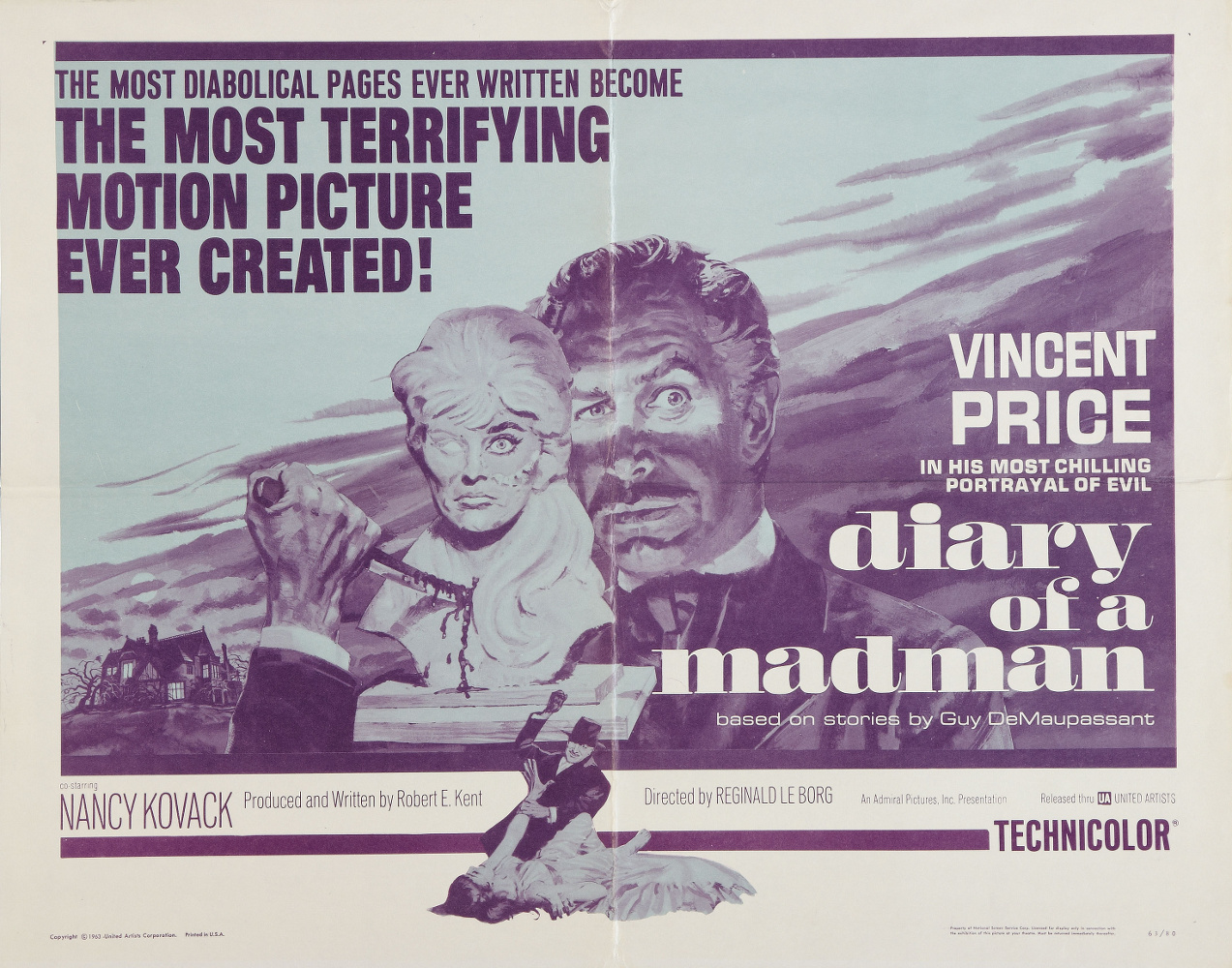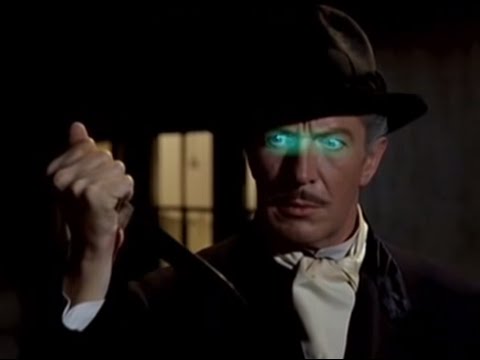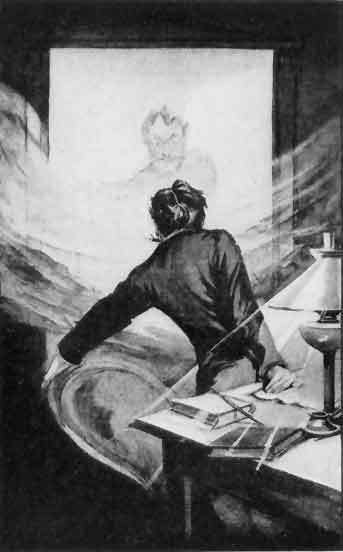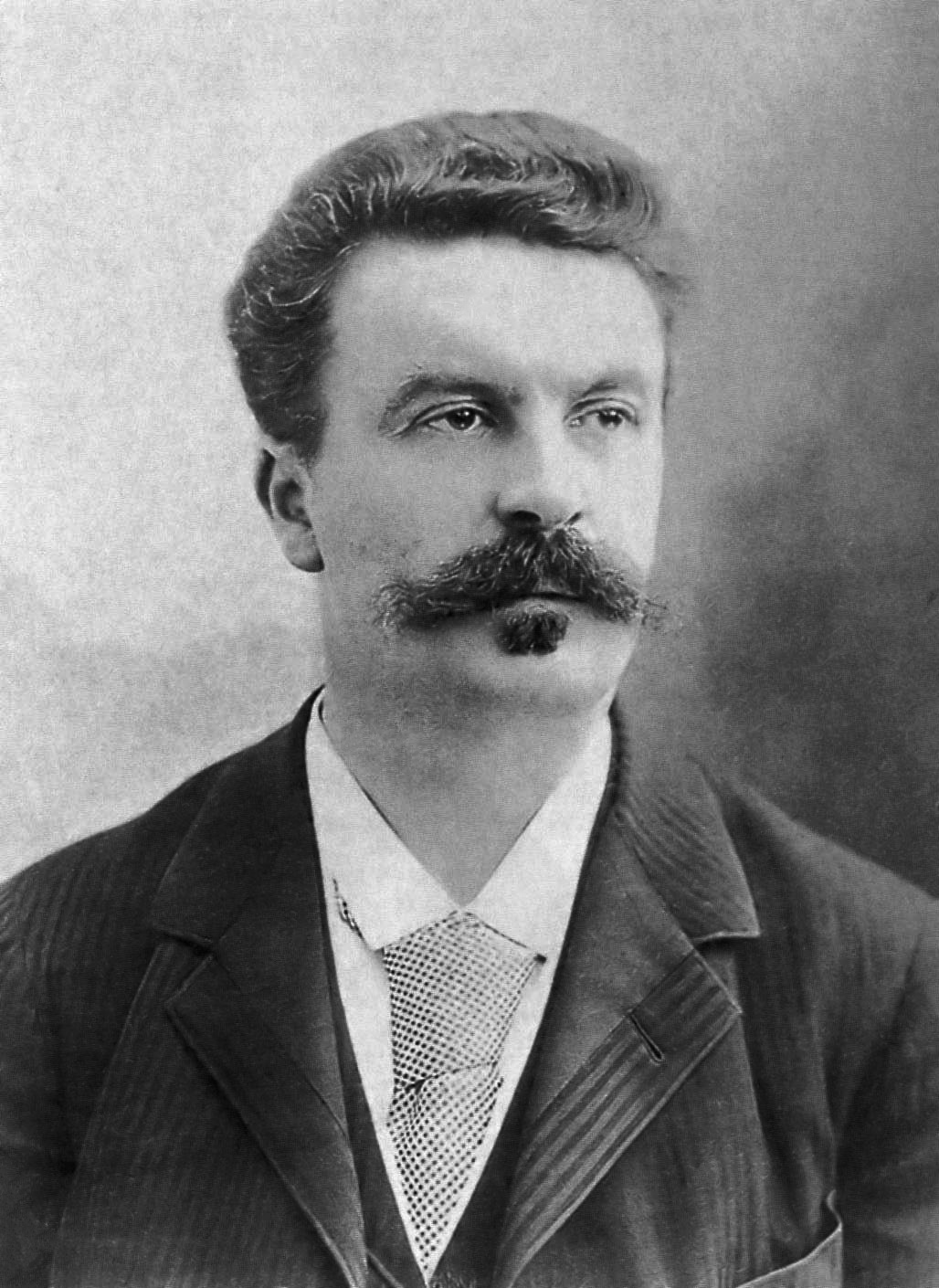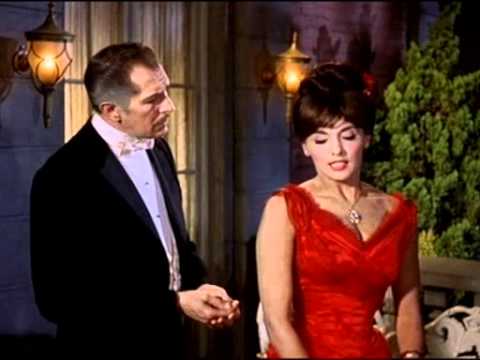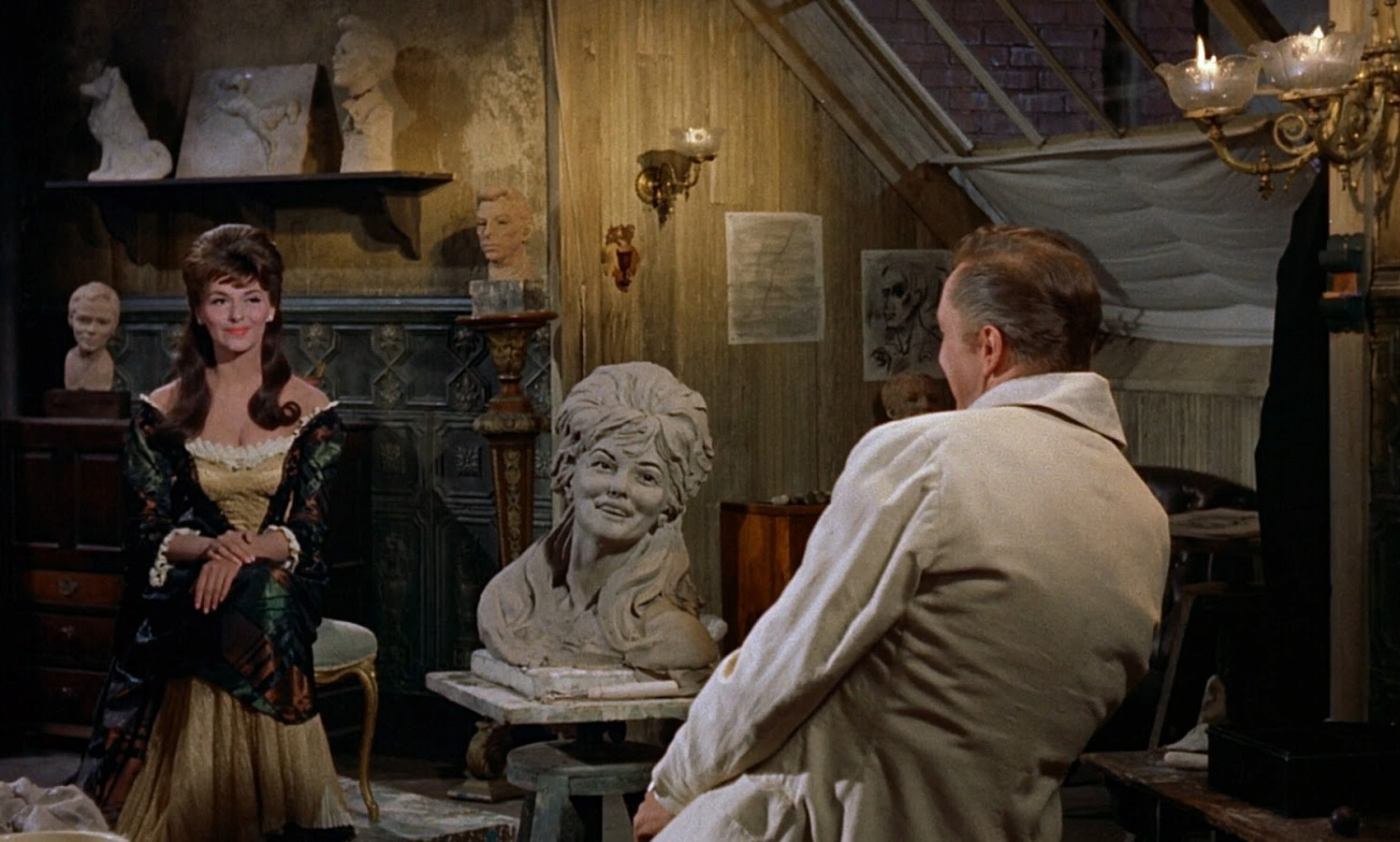
by Gideon Marcus
The world is a topsy-turvy place. Whether it's a coup in Guatemala, or pro-Peronista unrest in Argentina, or a slow-motion civil war in Indochina, one can't open the newspaper without seeing evidence of disorder. Even at home, it's clear that the battle for Civil Rights is just getting started, with the Southern Christian Leadership Conference planning a sit-in campaign in Birmingham, Alabama, the most segregated city in the country. It's been a long time coming, but there's no question that many folks (on the wrong side of history) are upset at the changing order of things.

So it's no wonder that some turn to the old familiar pleasures to escape from reality. And while most science fiction magazines are now flirting with a new, literary style (particularly F&SF), a direction the British are starting to call "The New Wave," Analog Science Fact – Science Fiction sticks stolidly to the same recipe it's employed since the early 1950s: Psi, Hokum, and Conservatism.
I suppose some might find the April 1963 Analog comforting, but I just found it a slog. What do you think?

Which Stars Have Planets?, by Stanley Leinwoll
You'd think an article with a name like this would be right up my alley, but it turns out to be some metaphysics about planets causing sunspots. Because, you see, Jupiter's orbital period of 12 years is close to the solar sunspot cycle of 11 years. And if you add up the orbital periods of Earth, Mars, Jupiter, and Saturn, and divide by four, you get 11 years.
WHAT DOES IT ALL MEAN?!?
Nothing. Not a damned thing. The latter observation is numerological folderol, and the former is meaningless given that sunspots don't only show up on the side facing Jupiter.
Two stars for the pretty pictures.

"What'll You Give?", by Winston Sanders

Last month, Editor Campbell wrote a piece about how the gas giants of our solar system were untapped reservoirs of chemical wealth just waiting to be exploited. "Winston Sanders" (a frequent pseudonym of Poul Anderson) has obliged Campbell by writing about a Jupiter mining mission in which a deep-diving spacecraft encounters trouble while scooping the ammonia and methane from the giant planet's atmosphere.
By all rights, it should be an exciting piece, and yet, it almost completely fails to be. A tidbit the Young Traveler taught me as I was writing my latest novel: don't assume your audience will find the technical details fascinating. You have to make them relevant to the characters, described through their reactions.
I could have done without the hackneyed nationality depictions, too. Three stars, because the topic is good. The execution is less so.
Sonny, by Rick Raphael

Hayseed army recruit plays havoc with local electrical systems when he telepaths home instead of writing like everyone else. The military sends him to Russia to send mental postcards.
It's as dumb and smug as it sounds — the most Campbellian piece of the issue. It is in English, however.
Two stars.
Last Resort, by Stephen Bartholomew

Things start well-enough in this story about an astronaut slowly but fatally losing air from his capsule. I liked the bit about using a balloon to find the leak (it drifts to the hole, you see), but all trace of verisimilitude is lost when the spaceman lights not one but two cigarettes during the crisis! Maybe smokes of the future don't burn oxygen.
And, of course, the story is "solved" with psi. Because this is Analog.
Two stars.
Frigid Fracas (Part 2 of 2), by Mack Reynolds

After Middle Middle class mercenary, Major Joe Mauser, utterly louses up his chance at joining the ranks of the Uppers through military daring, he signs up with the underground movement whose aim is to tear the class system down altogether. He is dispatched to the Sov-world capital of Budapest with the cover of being a liaison, but he's really an agent to see if the Workers' Paradise is similarly inclined to revolution.
This, the fourth installment in this particular future history, is rich on color but poor in credibility, and there's a lot more talking than doing. It's not as disappointing as Reynolds' recent "Africa" series, but I expected a better conclusion to a promising saga.
Three stars.
Iceberg From Earth, by J. T. McIntosh

Iceberg is an espionage potboiler whose setting is a trio of colonized planets that, blessedly, isn't Earth, Mars, and Venus. I did appreciate that the hero agent was a woman (the iceberg); I was sad that she wasn't the viewpoint character — instead, it was a rather lackluster and anti-woman fellow spy. I did like the solar system McIntosh created, though. Three stars.
A Slight Case of Limbo, by Lloyd Biggle, Jr.
Lastly, if not quite leastly, is this tale about a stout-hearted guy with a weak heart who gives his life to save another. Except that the other is an alien who swaps the human's ticker with a machine, which turns out to be a mixed blessing. The story meanders all over the place, and the ending is right out of a mediocre episode of Twilight Zone. Still, it's not bad — I think I was just disappointed that the Simakian beginning had a Serlingian end. Three stars.

And so we've come to the end of the April digests (though technically, Analog is now a slick). Campbell's mag clocks in at a sad 2.6 stars. Galaxy is the clear champion, at 3.5 stars. Fantasy and Science Fiction, Fantastic, and New Worlds are all pleasantly above water at 3.2, and Amazing trails badly at 2.1.
Four of 41 fiction pieces were by women — par for the course. There were enough 4 and 5-star stories to fill two good digests, my favorite of which was On the Fourth Planet, by Jesse Bone.

Speaking of quality, I am proud to announce that Galactic Journey is a finalist for the Best Fanzine Hugo! Thanks to all who of you who nominated us, and I hope we'll have your continued support come Labor Day. Either way, we're just happy to have you along for the ride.
What have you enjoyed the most about the Journey?









